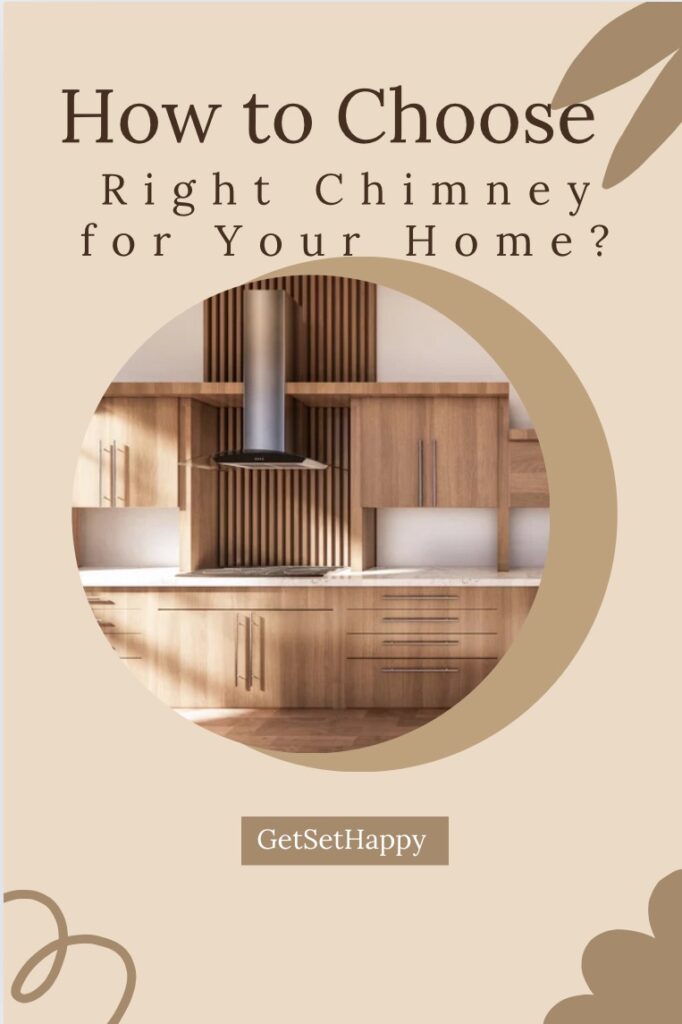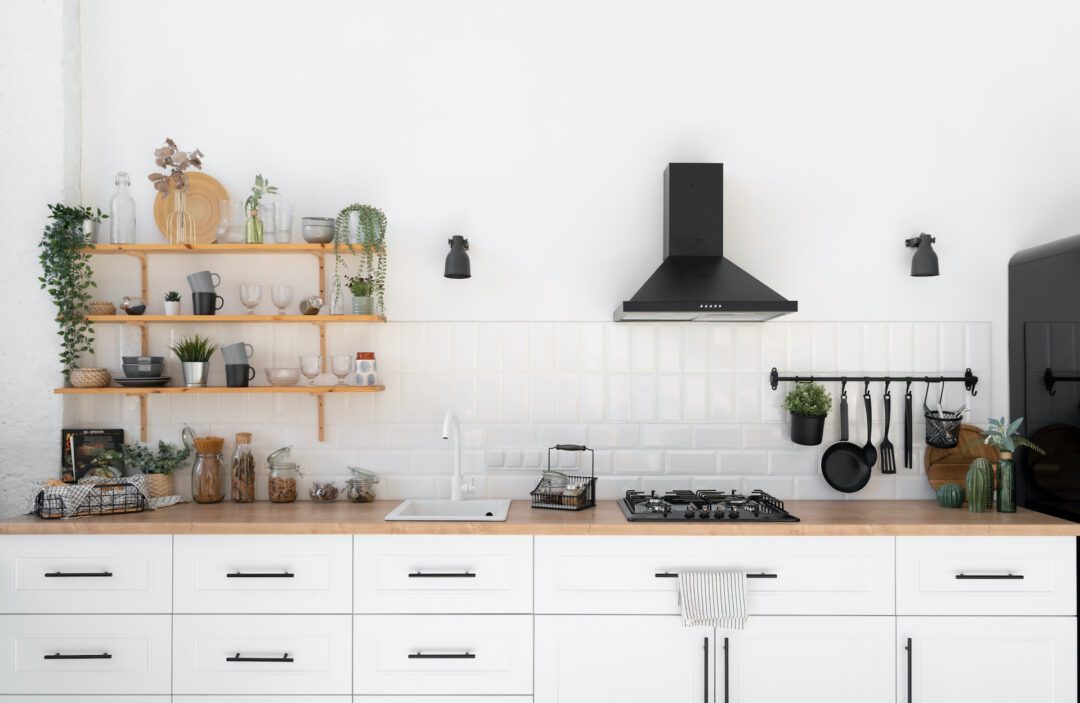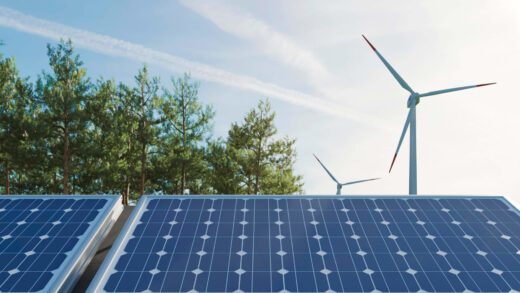Choosing the right chimney for your home is important for both how it works and how it looks. With many options available, it’s essential to consider your home design, heating needs, and budget. One key element to pay attention to is the types of chimney pots, as they play a significant role in the overall efficiency and look of your chimney. Here’s a detailed guide to help you make the right choice.
1. Know Your Heating Needs
Before picking a chimney, think about your heating needs. Are you planning to install a fireplace, wood stove, or gas stove? Each option has different chimney requirements:
- Fireplace: Needs a masonry or metal chimney. Fireplaces are often the focal point of a room, providing both heat and ambiance. Masonry chimneys are made of brick, stone, or concrete and are built on-site. Metal chimneys, also known as prefabricated chimneys, are made of stainless steel or galvanized metal and are assembled from factory-made parts.
- Wood Stove: Uses a stovepipe connected to a masonry or metal chimney. Wood stoves are efficient and can heat a large area. They require a chimney system that can handle high temperatures and the potential for creosote buildup, which can be a fire hazard if not properly maintained.
- Gas Stove: Often uses a metal chimney or direct vent system. Gas stoves are convenient and clean-burning. Direct vent systems pull air from outside for combustion and expel exhaust outside, making them a safe and efficient option.

2. Match Your Home’s Style
Your home’s style should guide your chimney choice. For example:
- Traditional Homes: Brick or stone chimneys look classic. These materials are durable and provide a timeless look that complements traditional architecture. Brick and stone can be arranged in various patterns to enhance the aesthetic appeal.
- Modern Homes: Sleek, metal chimneys fit contemporary designs. Metal chimneys are often minimalist and streamlined, which aligns with modern architectural trends. They can be finished in various ways, such as powder coating, to match the color scheme of the home.
- Cottage or Rustic Homes: Stone or brick chimneys add a cozy feel. These materials blend well with the natural surroundings and contribute to the rustic look charm. Rough-hewn stones or aged bricks can create a sense of history and warmth.
3. Types of Chimney Pots
Chimney pots are extensions placed on top of a chimney to improve airflow and reduce smoke. They come in various styles and materials, affecting both performance and appearance. Here are some common types of Chimney Pots:
- Terracotta Chimney Pots: Classic and durable, ideal for traditional homes. Terracotta pots are made from clay and fired at high temperatures, giving them a distinctive reddish-brown color. They are resistant to weathering and provide a traditional look.
- Metal Chimney Pots: Available in copper or stainless steel, both functional and stylish for modern homes. Metal chimney pots are durable and can be designed in various shapes, such as cylindrical or conical, to enhance the chimney’s appearance.
- Decorative Chimney Pots: These come in various shapes and designs, adding a decorative touch. Decorative pots can be customized with intricate patterns or unique shapes to make a statement. They can also be glazed in different colors to match or contrast with the chimney material.
Choosing the right type of chimney pot is important for both function and style. They can improve the draft, prevent downdrafts, and keep out rain and debris, while also adding to the chimney’s aesthetic appeal.

4. Pick the Right Material
The material of your chimney affects how long it lasts, how much upkeep it needs, and how it looks. Common materials include:
- Brick: Traditional, durable, and attractive, but can be costly and need regular upkeep. Brick chimneys are constructed by laying bricks in a mortar bed, creating a solid and heat-resistant structure. They require periodic inspections and repointing to maintain their integrity.
- Stone: Offers a rustic look and is very durable, but usually more expensive. Stone chimneys can be built using various types of stones, such as granite, limestone, or fieldstone. Each type has its unique appearance and characteristics.
- Metal: Lightweight, versatile, and easier to install, with options like stainless steel and galvanized steel. Metal chimneys can be double or triple-walled for insulation and safety. They are less labor-intensive to install compared to masonry chimneys.
- Prefabricated Chimneys: Made from metal or other materials, these are less expensive and easier to install than masonry chimneys. Prefabricated chimneys come in sections that are assembled on-site, reducing construction time and costs. They are designed to meet specific safety and performance standards.
5. Consider Your Budget
Your budget will impact your choices. While masonry chimneys are often more expensive due to labor and material costs, prefabricated chimneys offer a more affordable option without compromising function.
- Masonry Chimneys: Cost varies based on materials and complexity of design. Expect to pay more for high-quality bricks or stones and intricate patterns. Labor costs can also be high due to the skill required for construction.
- Prefabricated Chimneys: Generally less expensive due to factory production and easier installation. Costs can vary based on the type of metal used and additional features like insulation.
6. Check Local Building Codes
Always check local building codes before installing a chimney. These codes ensure the safety and efficiency of your chimney system. Hiring a professional can help you follow these rules and avoid problems. Building codes may specify the type of chimney allowed, height requirements, clearance from combustible materials, and other safety measures.

7. Hire a Professional
While doing things yourself can be fun, chimney installation is best done by professionals. They have the skills to install your chimney correctly and safely. Professionals can also advise you on the best types of chimney pots for your setup, improving both function and looks.
- Chimney Installers: Look for certified chimney professionals with experience in the type of chimney you want. They can ensure proper installation, including securing permits and inspections.
- Consultations: A professional can assess your home and heating needs, recommend the best chimney type, and provide a detailed estimate.
8. Think About Maintenance
Consider how much maintenance your chimney will need. Masonry chimneys need regular inspections and cleaning to prevent problems. Metal chimneys are generally easier to maintain but still need periodic checks to ensure there are no issues. A quality chimney pot can reduce maintenance by improving airflow and keeping out debris and weather.
- Cleaning: Regular cleaning removes creosote buildup, which can cause chimney fires. This is especially important for wood-burning stoves and fireplaces.
- Inspections: Annual inspections can catch potential problems early, such as cracks, blockages, or damaged chimney liners.
- Repairs: Address issues promptly to prevent more serious damage. This may include repointing brickwork, replacing chimney caps, or repairing flashing.
9. Focus on Energy Efficiency
An efficient chimney can help lower heating costs by improving airflow and making your heating system work better. Look for chimneys and chimney pots designed to enhance airflow and minimize heat loss.
- Insulated Chimneys: Insulation helps maintain the temperature of the flue gases, improving draft and reducing condensation.
- Energy-Saving Chimney Caps: These caps can reduce heat loss by preventing warm air from escaping and cold air from entering the chimney.
- Sealed Chimneys: Ensure that all connections are airtight to prevent leaks that can reduce efficiency.
You may also like to read: How to Make Your Old Home Energy-Efficient?

10. Consider the Look
Finally, think about how your chimney looks. A well-chosen chimney can improve your home’s curb appeal. Whether you choose a traditional brick chimney with a decorative terracotta pot or a sleek metal chimney, make sure it matches your home’s design.
- Design: Choose a chimney style that complements your home’s architecture. Consider the shape, size, and color of the chimney.
- Finish: Brick and stone chimneys can be finished with various textures and patterns. Metal chimneys can be painted or coated to match your home’s exterior.
- Decorative Elements: Chimney pots, caps, and other decorative elements can enhance the visual appeal of your chimney.
Wrapping Up on How to Choose the Right Chimney for Your Home
Choosing the right chimney involves thinking about your heating needs, home style, materials, budget, and local codes. Don’t forget the types of chimney pots, as they affect how well your chimney works and looks. By considering these factors and consulting with a professional, you can ensure your chimney is both functional and attractive, providing warmth and style to your home for years to come.
A well-chosen chimney not only enhances your home’s heating efficiency but also adds a touch of elegance and character. Whether you’re building a new home or upgrading an existing chimney, make an informed choice to enjoy the full benefits of a properly installed and maintained chimney system.
Featured Image by freepik





1 Comment
Katie
June 20, 2024 at 3:26 amGreat post! I have a brick chimney. It needs some work, you’re right, it’s costly!